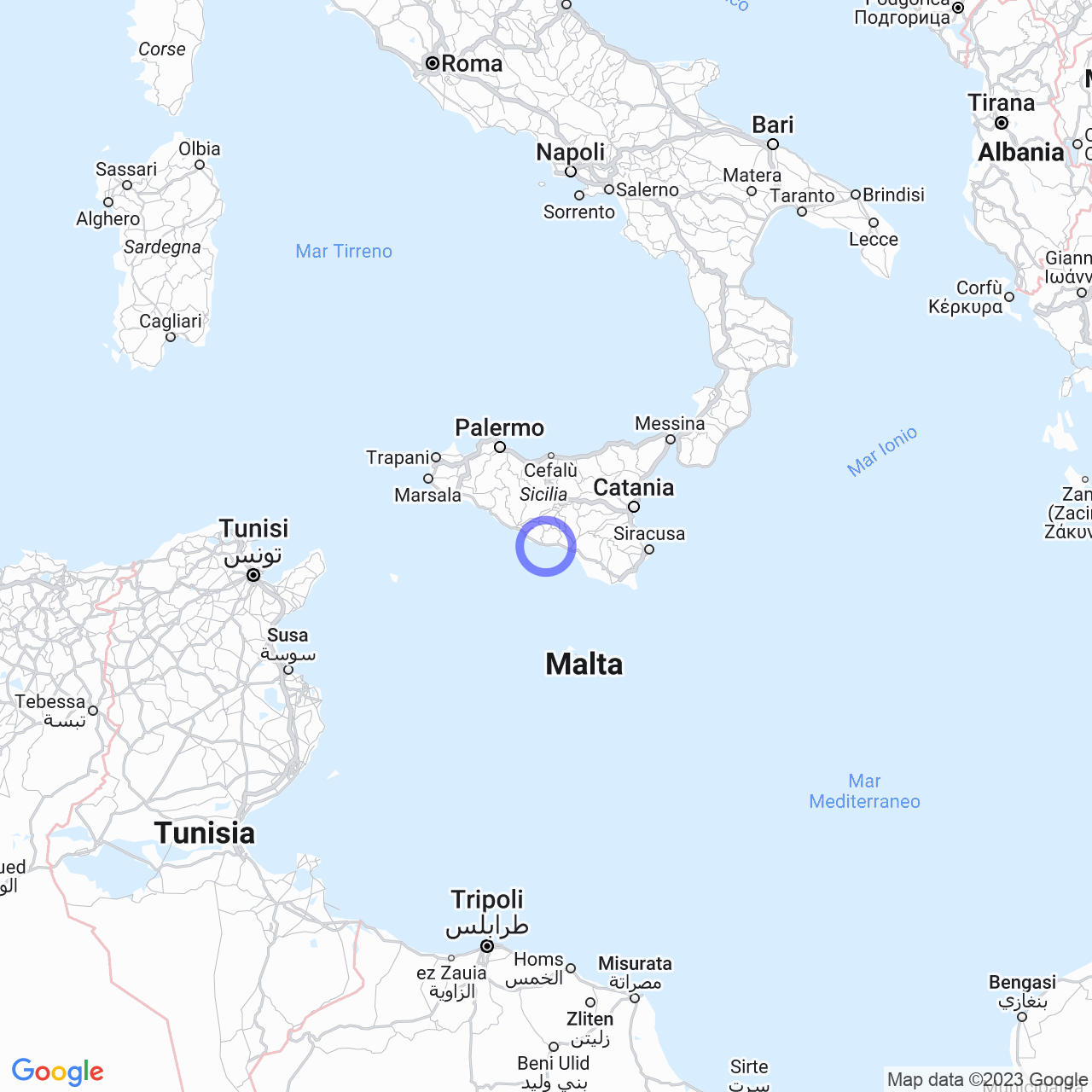Licata
Let's discover Licata together
Hello everyone! Today I will talk to you about Licata, a Sicilian town that has a lot to offer. Are you ready? Let's begin!
Physical geography
Let's start with the geological makeup of Licata's subsoil, which is made up of the Litostratigrafica Formation Licata (OGNIBEN, 1954), which reaches a thickness of about 400 meters. The municipal territory extends for 24 km along the southern coast of Sicily, mostly flat, with some modest hills. The morphology is strongly characterized by the presence of the Southern Imera river which has given rise to an alluvial plain called the "Piana di Licata". The inhabited center is located at the western limit of the Gulf of Gela, and is located near a hill called "la Montagna, (mount eknomo)".

Beaches
Now let's move on to Licata's beaches, have you ever heard of them? There are 22 beaches to discover! Among these we mention the Bay of Mollarella, Cala Mollaka, Cavalluccio, La Rocca, and Marianello just to name a few.
Climate
The climate of the area is hot and dry in the summer, pleasantly mild in spring and autumn, and mild but somewhat rainy in winter. In short, you can visit Licata at any time of the year!
Origin of the name
The name of the city has undergone multiple variations over the centuries, in fact, it is referred to by many different names: "Alukatos", "Limpiadum", "Limpiados", "Lecatam", "Cathal", "Katta", "Licatam", "Leocata", "Alicata". The current Licata appears almost in its current form in Norman times.
Conclusion
This city is a hidden gem in Sicily. With its 22 beaches and its millennial history, it deserves to be known by more people. Thank you for joining me on this tour of Licata, see you at the next one!
